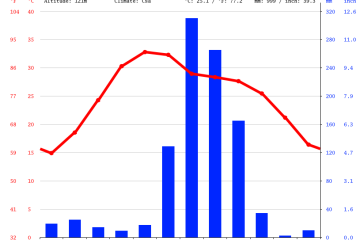Maruti Suzuki Car: Understanding the GST Rate and Its Impact

Introduction
Maruti Suzuki, a leader in India’s automotive market, has long been synonymous with affordable and reliable vehicles. With the recent discussions surrounding Goods and Services Tax (GST) rates, consumers and industry stakeholders are keenly interested in understanding how these tax implications affect car prices and sales.
Current GST Rates on Maruti Suzuki Cars
As of now, the GST rates on passenger vehicles in India vary based on the category of car. For most cars, including the popular models offered by Maruti Suzuki, the GST is set at 28% along with a cess that ranges from 1% to 22%, depending on the size and engine capacity of the vehicle. For instance, smaller vehicles like the Maruti Suzuki Alto and Swift typically attract a lower cess compared to larger models like the Maruti Suzuki Ertiga or Vitara Brezza, which fall in the higher cess bracket.
Impact of GST on Pricing
The implementation of GST has brought a shift in the pricing strategy for car manufacturers like Maruti Suzuki. Post-GST, car prices have seen fluctuations primarily due to the reduced tax burdens on specific segments. For example, entry-level cars have become more affordable, making them attractive for first-time buyers. However, the increase in cess on larger vehicles has led to higher prices for SUVs and luxury cars, potentially impacting sales in that segment.
Market Reactions and Consumer Sentiments
Consumer sentiment towards buying new vehicles has shifted, with many buyers weighing the overall cost, including GST. Maruti Suzuki has reported a rise in sales for smaller models, attributing it partly to the favorable GST rates. In contrast, sales in the premium segments have experienced a dip, prompting manufacturers to revisit their pricing strategies to remain competitive.
Conclusion
Understanding the GST rate applicable to Maruti Suzuki cars is crucial for both consumers and industry players. As the automotive landscape continues to evolve with changes in taxation, manufacturers must adapt quickly to consumer preferences and market trends. Looking ahead, a potential reduction in GST rates on larger vehicles could revive interest in premium models, while maintaining the affordability for entry-level buyers will be essential for sustaining market growth. As the economy recovers and car sales rebound, the GST framework will play a significant role in shaping the future of the Indian automotive sector.









